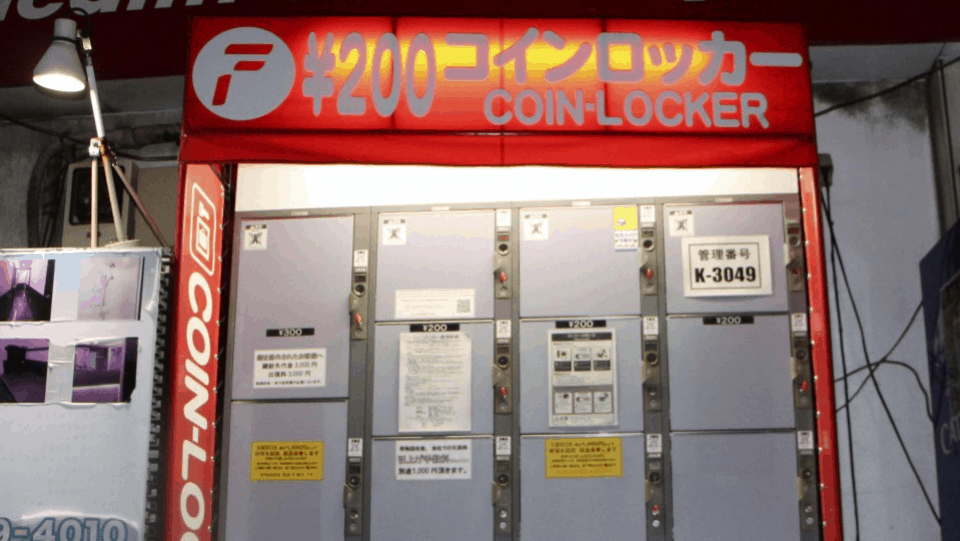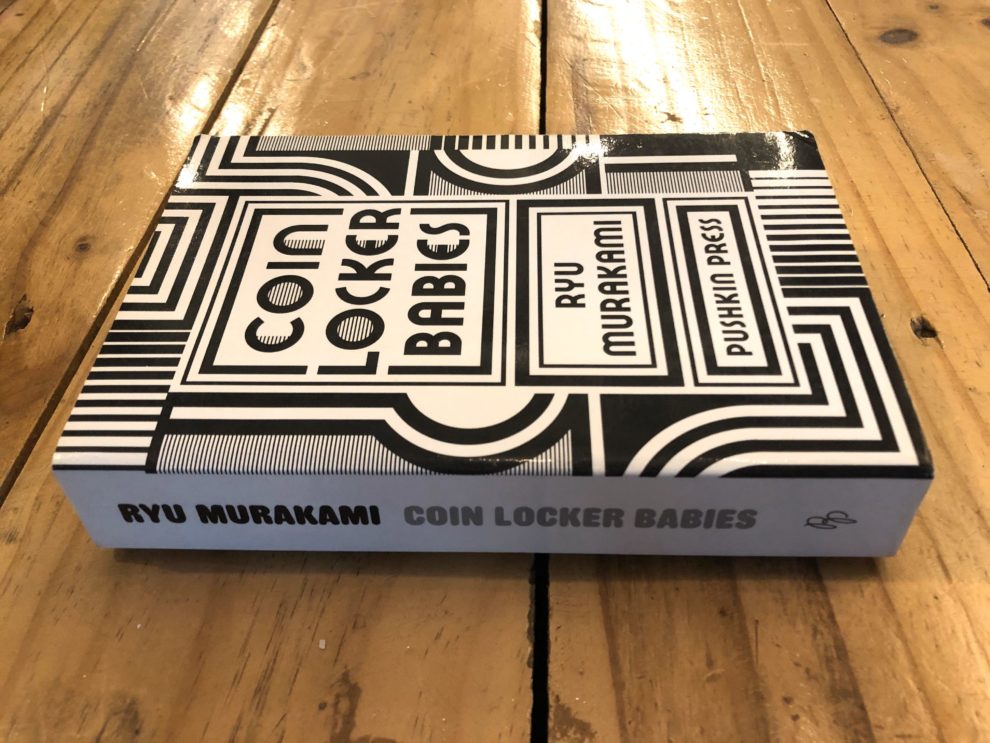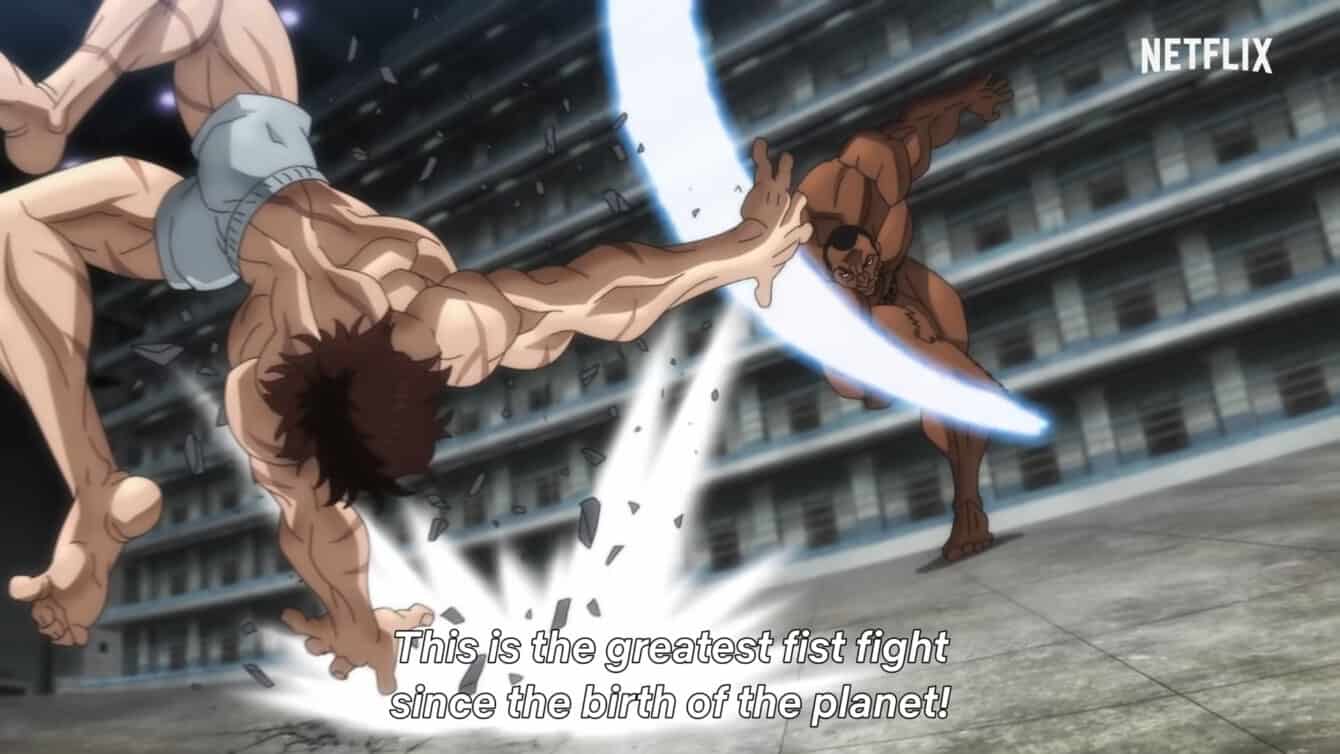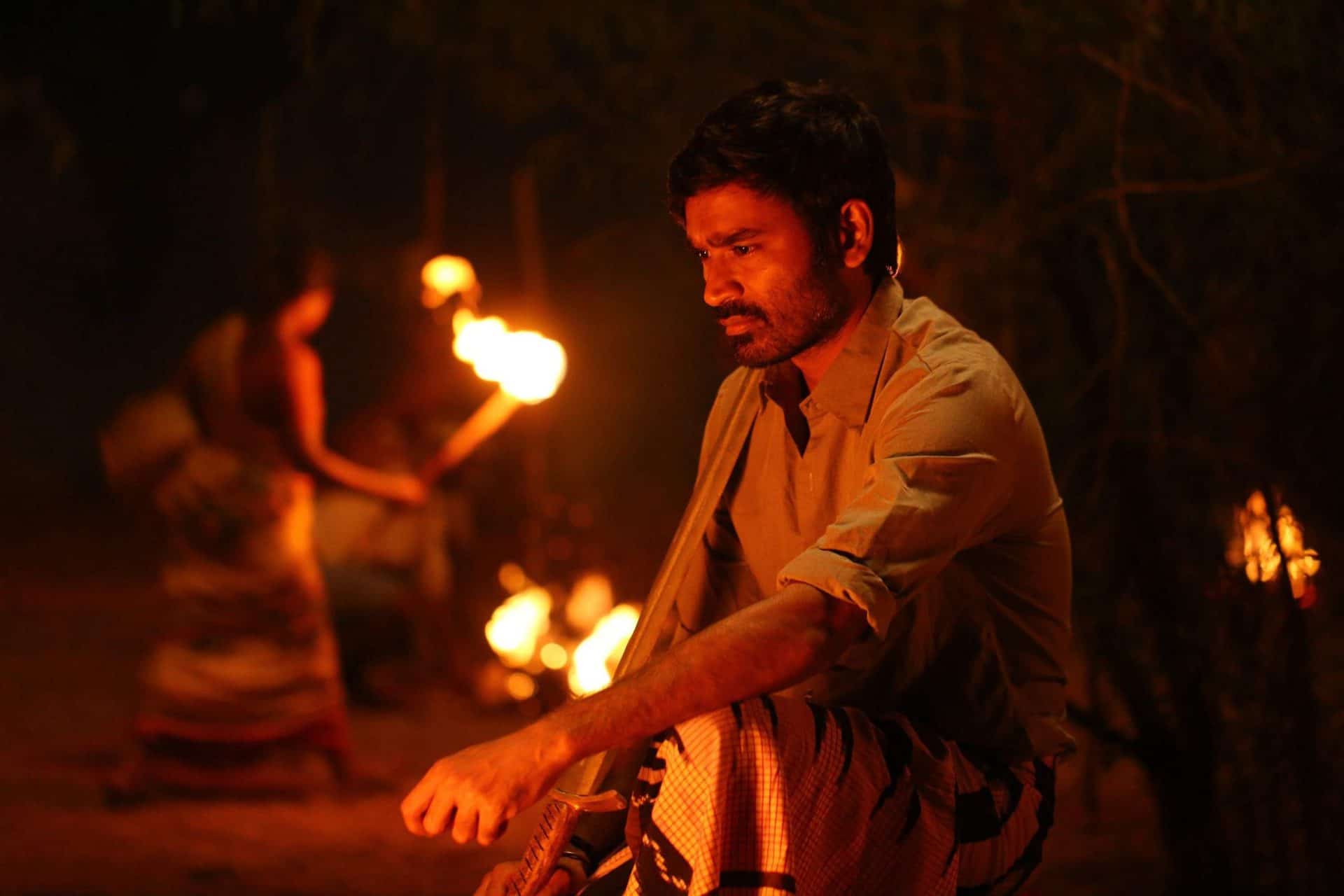One thing that never fails to impress me about Japanese artists is the way they let their imagination flow into their works, completely free of any “standards” the industry or even society imposes (run amok one could say). “Coin Locker Babies” is a distinct sample of an imagination that has been “allowed” to run free and at the same time, a great story, in a style much similar to Tom Robins.
Buy This Title
The story revolves around two boys, Kiku and Hashi, who were abandoned in coin lockers as babies by their mothers, and are now growing up in an orphanage as the book begins. The boys could not be more different from each other, as Hashi is a sensitive introverted who frequently gets bullied and Kiku a popular, athletic one. However, their bond that seems to derive from the fact that they were abandoned in coin lockers is quite strong, with Kiku assuming the role of the protector of Hashi from the beginning. Their common path has them spending some time in a mental institute after some episodes, but also being adopted by the same family, and living in an island where they discover a kind of utopia in an abandoned mine city. Then we follow them in Tokyo after Hashi leaves the family, and in Toxitown, another kind of utopia supposedly in the middle of the city where waste has deemed uninhabitable but is still inhabited by the misfits of society. As Hashi, who has realized he is gay, tries to follow his dream of becoming a singer, Kiku has become an athlete but is not sure what he wants to do with his life, except reconnecting with his “brother”.
The introduction of a number of people, namely Anemone, a fashion model who lives with an actual crocodile in her house, Mr. D, a music producer, and Neva, thirty year old woman who has lost both her breasts due to cancer shape the two boys in ways they could never expect, while the grow apart from their adopted parents and each other. Mr. D's effort to find Hashi's lost mother ends up in a series of tragedies that also involve imprisonment, but as the boys succumb to paranoia, the connection to each other also seems to call on them just like a toxic gas named DATURA.
The first thing that one will immediately notice in the novel, after the over-the-top, genre-bending story is the amount of characters that appear in the book, and the extent of the analysis of each one. It is a true wonder how Murakami managed to come up with so many individual stories, and even more the way he embedded them in the narrative in a way that allows the story to flow as smoothly as possible. The same applies to the locations, with the orphanage, the abandoned mine-town, Toxitown, the prison, the boat, all being analyzed and to presented with every detail.
Another intense aspect of the narrative is the combination of slapstick humor and violence, with the two frequently intermingling in the story, in order to present the numerous episodes of the story. Furthermore, this core is also “spiced up” by elements of surrealism, thriller, horror, noir and a thinning of the borders between fantasy and reality that mirrors perfectly the mental state of the majority of the characters.

Through all these elements that stretch in the 500+ pages of the book (Pushkin Press edition), Murakami manages to deal with a number of issues, with his comments being social, philosophical and psychological at the same time. The shock the abandoning by their mothers causes to the two protagonists is the most obvious one, while their time in the psychiatric hospital, where they undergo practices that are currently considered medical barbarism enhances this aspect even more, also in the way their lives move from then on. Obsession, and the ways it can shape people is another one, while Murakami also deals with the concept of marginalization, the entertainment industry, homosexuality, sex, revenge and a number of others, all of which come together in the most entertaining fashion. Exploitation-like violence also exists in the book, although the author does not become overly graphic at any point, maybe with a few chilling exceptions, like the tongue cutting one.
Near the end, Murakami somewhat loses his sense of measure and the book, for the first time in this chaotic setting, seems to move to a path he does not control fully. This, however, lasts very briefly, with the last pages actually bringing the narrative back to contextual eloquence.
The language in general is simple, with Murakami presenting his rather complicated story with a simplicity that is actually a prerequisite for such a narrative, while the torrenting rhythm of the narration, exclusive through a first-person perspective, fits the story excellently.
“Coin Locker Babies” is a great sample of post-modern Japanese literature, and a work so rich contextually, that definitely deserves a TV series, since a movie (some failed efforts have already commenced) seems too small to contain all these elements. One can only hope.















